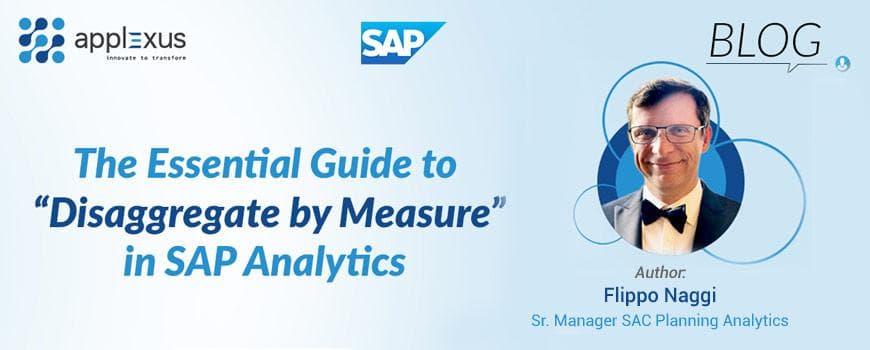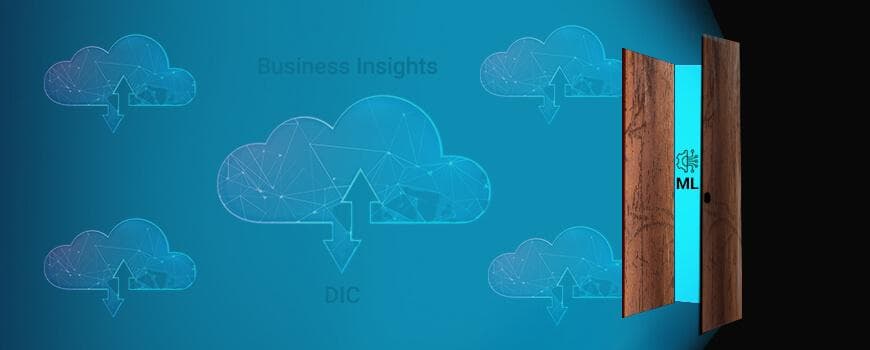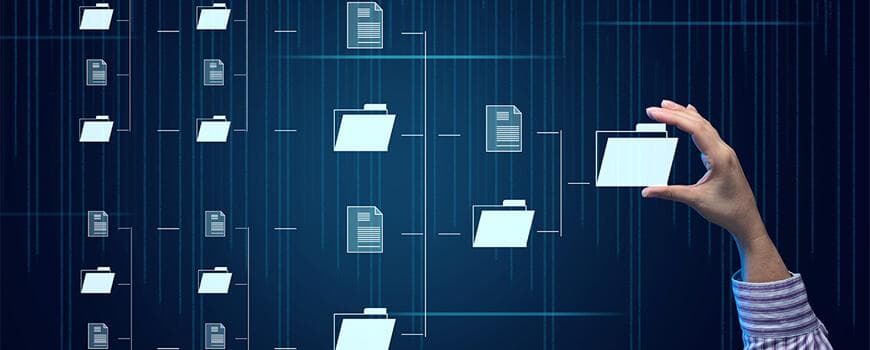Intelligent Customer Experience
30 September 2020

Ever since the digital revolution, mankind has been inching towards a day when computers work proactively with humans to help make logical and smart decisions that use data of the past to optimize the present and pave the way for a smoother future. Every industry and branch is becoming a smarter place around us, from the machine-heavy manufacturing firms to the once book-oriented education industry. How then do we extend the use of this artificial intelligence to our everyday business?
Customer is King is an age-old cliché business ideology. Attracting, engaging and converting customers to buy the products, and then retaining them, is something that most businesses seek to achieve. This task primarily used to fall to experienced sales executives on the front end, who interacted with and maintained a positive relationship with every customer. But now we are in a position to leverage all the sales data we have collected and continue to collect and use it to gain a competitive edge in the market.
This, we can accomplish by carrying out Customer Analytics, which is nothing but a process by which data regarding customer behavior is leveraged to make key business decisions. It is a fast-growing area in which data analytics is effectively used to identify trends and use data insights to connect the dots between these trends and patterns.
Taking Artificial Intelligence into the picture - a smart Customer Analytic tool works in the real-time by continually updating its data to include the latest happenings. It re-formulates its calculations to be more meaningful and insightful. It not only analyses the data, but also makes logical assumptions, learns from the past, and provides predictions at a depth of detail that might be next to impossible for a human analyst.
Three major areas that an organization can address using artificial intelligence and data analysis are:
Customer Churn Identification and Reduction
The customer churn is simply the percentage of customers who have stopped using your company’s product or services, within a particular time. Accurately predicting Customers on the verge of churning is especially significant to an organization because there can be multiple reasons for a customer choosing not to do business with you and identifying and rectifying the major issues is of utmost importance. Moreover, there is a wide differential in costs involved in acquiring new customers rather than in retaining them.
Customer Segmentation
Customer segmentation is the practice of dividing the customer base into various groups who have some distinct similarity. Through customer segmentation, an organization can more effectively and optimally allocate its resources and maximize the various opportunities for cross and up-selling their products.
Customer Lifetime Value Identification
The Customer Lifetime Value is a predicted representation of the total amount of money that a customer is expected to spend in your organization. Quite simply put, it helps to identify customers who are most beneficial to retain and allows for better and more focused marketing on your part.
Identifying these metrics and using this data can lead to a more optimal allocation of resources and more focused efforts into reducing costs and maximizing sales.
Intelligent tools are no longer ideas of the future, but creations of the present. Their benefits are vast, and they can utilize the untapped potential of your organization and turn it into the best version of itself if you so choose! Are you game? If so, step aboard this new ship of Intelligent Tools so that you reach the horizon before the competition! Intelligent Customer Insights is Applexus Technology’s solution to meet these changing demands.












